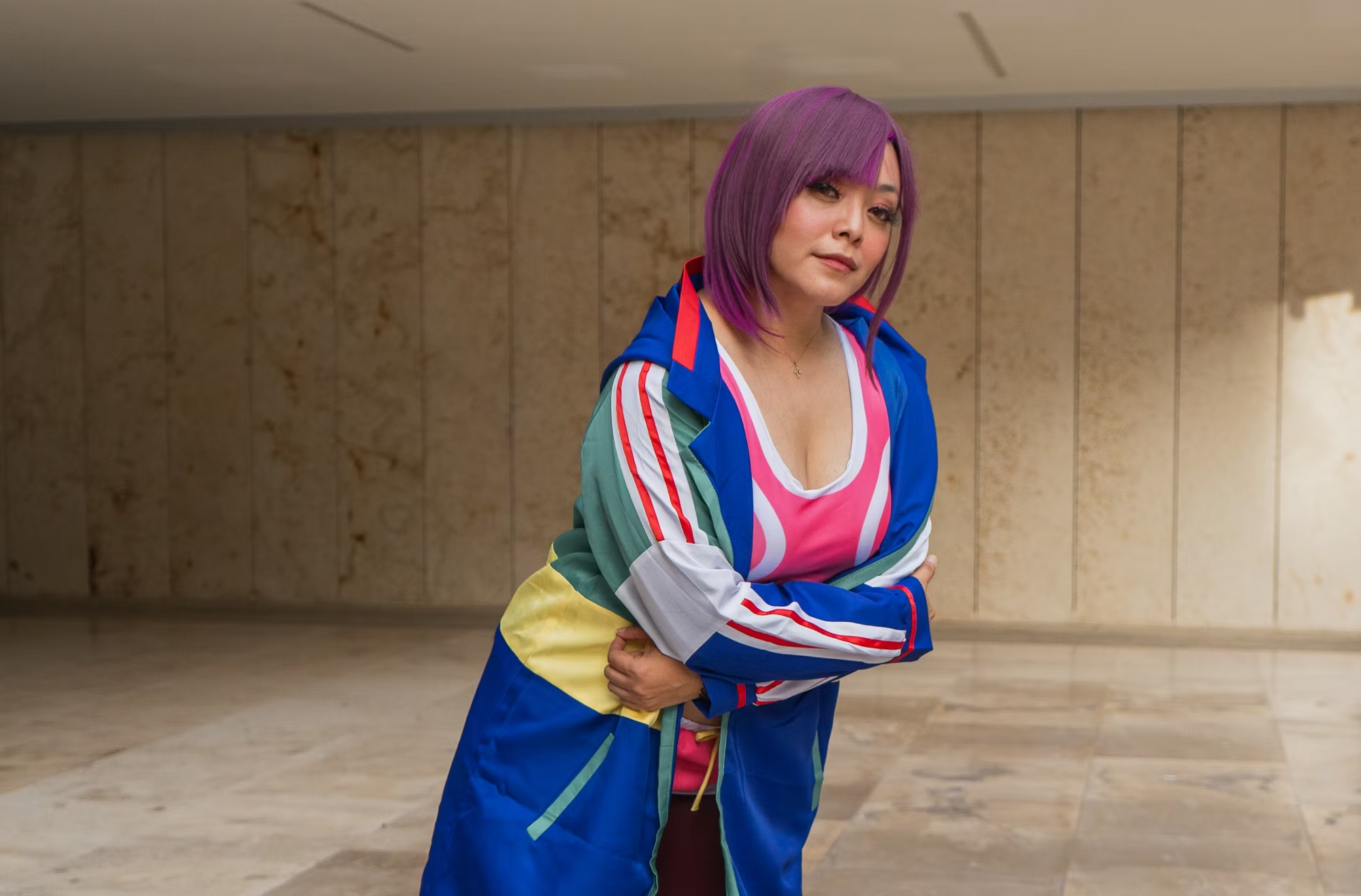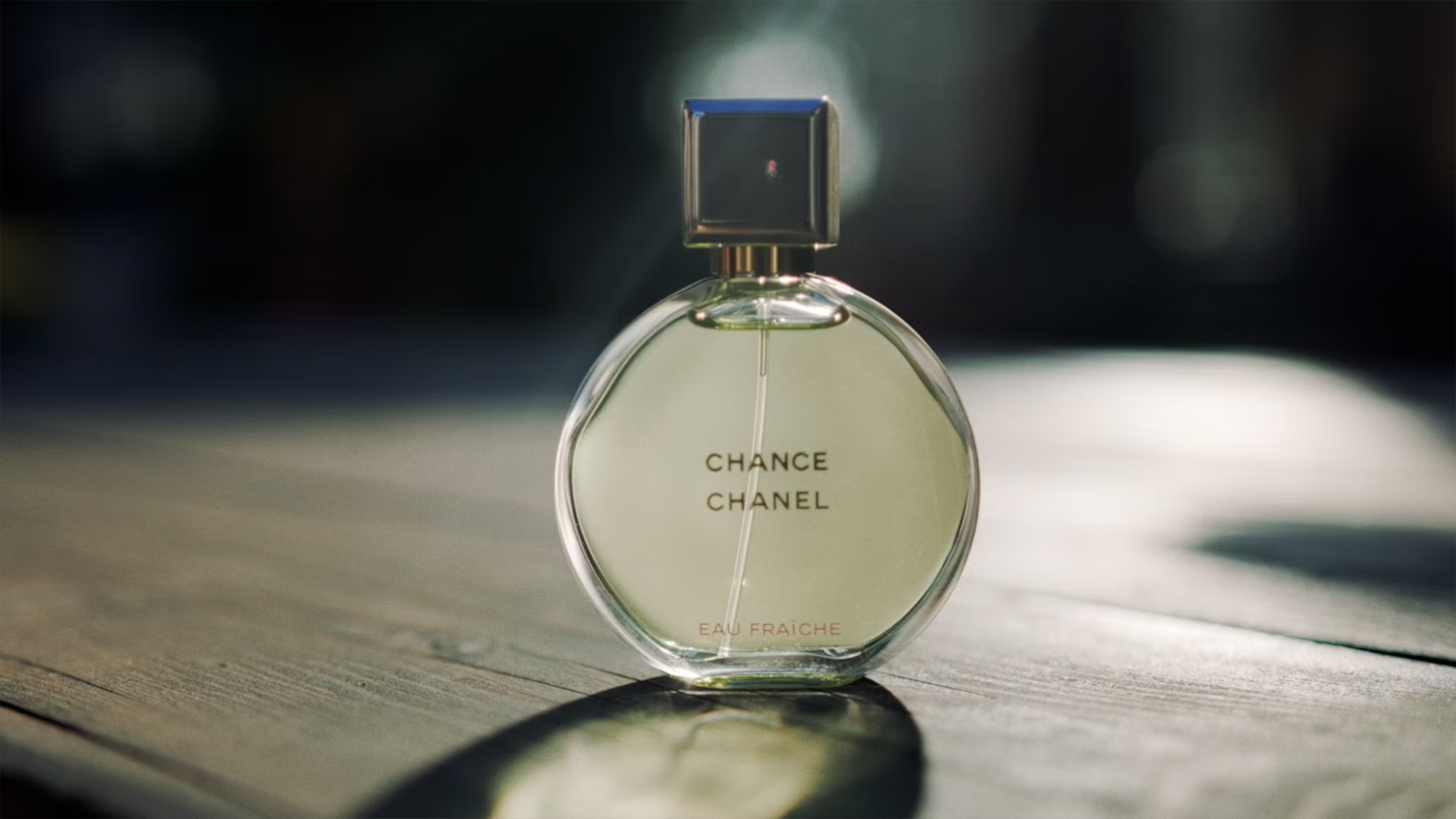A flower garden can be one of the most rewarding investments for any outdoor space, transforming a plain yard into a vibrant, colorful paradise. But creating a garden that is not only beautiful but also sustainable and dynamic through all seasons requires thoughtful planning and a keen understanding of flower types, blooming times, and design principles. Whether you’re a seasoned gardener or just starting out, designing a flower garden that will flourish year-round is an achievable and enjoyable goal. In this article, we’ll walk you through the process of creating a garden that offers something unique in every season, with tips on selecting flowers that bloom at different times of the year, complement each other in color and texture, and thrive in your climate.
1. Choosing the Right Flowers for Your Garden
The first step in designing your flower garden is selecting the right types of flowers. There are many categories of flowers to choose from, including wildflowers, perennials, annuals, and bulbs, each of which has unique qualities. To create a garden that blooms year-round, it’s essential to incorporate a variety of flowers that bloom in different seasons.
Wildflowers: Natural Beauty with Minimal Maintenance
Wildflowers are native plants that grow naturally in various regions without the need for cultivation. These flowers add a wild, natural feel to a garden and often require minimal care. Common wildflowers include daisies, buttercups, poppies, and lavender. Many wildflowers are drought-resistant and can thrive with little intervention, making them an excellent choice for gardeners looking for low-maintenance options.
Wildflowers can be planted in clusters or left to grow freely, creating a garden that looks untamed and harmonious with nature. These flowers often bloom in the early spring and late summer months, helping to create a garden that is lively at both ends of the growing season. Wildflowers are perfect for creating a meadow-style garden, and their tendency to attract pollinators such as bees and butterflies makes them an eco-friendly choice.
Perennials: Long-Lasting Beauty That Grows Stronger Every Year
Perennials are plants that live for more than two years, growing back each season from their root systems. These flowers are a cornerstone of many gardens, providing structure and long-term beauty. Popular perennial flowers include peonies, irises, daylilies, and coneflowers. The great advantage of perennials is that they return year after year, offering consistent blooms with minimal effort once established.
Perennials come in a wide variety of shapes, sizes, and colors, making them ideal for adding diversity to your garden. For example, peonies bloom in late spring to early summer with large, fragrant flowers, while coneflowers bloom in late summer and attract pollinators like bees and butterflies. Irises, with their elegant and intricate blooms, often bloom in early to mid-spring, while daylilies can bloom all summer long, making them perfect for filling in gaps in your garden.
Annuals: Bright, Bold, and Seasonal
While perennials provide long-term beauty, annuals are perfect for adding bold, bright color to your garden. Annuals are flowers that complete their entire life cycle within one growing season, from germination to bloom to seed production. Some common annuals include marigolds, petunias, zinnias, and sunflowers. Annuals are known for their vibrant colors and can create a stunning focal point in any garden.
Because annuals bloom for only one season, they can be planted in the spring and replaced in the fall with different varieties, ensuring that your garden is always fresh and exciting. Petunias, available in a range of colors, can fill in flower beds and hanging baskets, while sunflowers, with their towering stems and bright yellow blooms, create an eye-catching centerpiece. Zinnias, available in shades of pink, red, orange, and purple, are another favorite annual, offering bright color and long-lasting blooms throughout the summer.
Bulb Flowers: The First Signs of Spring
Bulb flowers, such as tulips, daffodils, and hyacinths, are among the first to bloom in the spring, bringing much-needed color after the cold winter months. These flowers grow from underground bulbs that store the nutrients the plant needs to flower. The advantage of bulb flowers is that they can be planted in the fall, so they require little attention during the growing season.
Tulips are perhaps the most iconic bulb flowers, offering a variety of colors, from soft pastels to rich jewel tones. Daffodils, with their trumpet-shaped flowers, are often associated with the arrival of spring and are perfect for creating a cheerful, sunny atmosphere in the garden. Hyacinths, with their clusters of small, fragrant flowers, come in shades of pink, purple, and blue, and their sweet scent is a welcome addition to any garden. Planting bulbs in the fall ensures that your garden will be among the first to bloom in the spring, creating a stunning early-season display.
Tropical Flowers: Exotic Color and Texture
For gardeners looking to add a bold, exotic touch to their garden, tropical flowers are an excellent choice. These flowers are known for their vibrant, eye-catching colors and unique shapes. Popular tropical flowers include hibiscus, bird of paradise, plumeria, and orchids.
Hibiscus flowers, with their large, trumpet-shaped blooms in shades of red, pink, and yellow, are perfect for creating a tropical paradise in your garden. Bird of paradise, with its distinctive blue and orange petals, resembles a bird in flight, making it an excellent focal point. Plumeria, with its fragrant flowers in shades of white, pink, and yellow, evokes the feel of a tropical island retreat. Orchids, though more delicate, bring elegance and sophistication to any garden, with their intricate blooms and varied colors.
Tropical flowers do require more care, as they thrive in warm, humid climates. However, with the right conditions, they can be successfully grown in most temperate regions during the summer months, making them an ideal choice for adding an exotic flair to your garden.
Designing Your Flower Garden
When designing a flower garden that looks beautiful year-round, it’s essential to consider factors such as height, bloom time, color, and texture. A well-designed garden will combine a variety of flowers that complement each other and provide interest throughout the seasons.
1. Height and Structure: Layering flowers by height is key to creating a balanced garden. Tall flowers, such as sunflowers and lilies, should be placed at the back of a flower bed, while shorter flowers, like petunias and marigolds, can be placed at the front. This creates a tiered effect, allowing all the plants to be seen and appreciated.
2. Seasonal Considerations: Select flowers that bloom at different times of the year to ensure your garden is constantly in bloom. Bulbs, such as tulips and daffodils, will bloom in early spring, while perennials like peonies and daylilies will provide color through the summer. Annuals like zinnias and marigolds can fill in gaps and add color until the first frost.
3. Color and Texture: Color plays an important role in garden design. Consider using complementary colors, such as purple and yellow or red and green, to create a harmonious effect. Mixing flowers with different textures—such as the soft petals of a rose with the spiky leaves of lavender—adds visual interest to your garden. Experiment with different color combinations to create the atmosphere you desire, whether it’s a bold, tropical vibe or a serene, cottage garden feel.
4. Soil and Water Requirements: Each type of flower has different soil and water needs, so it’s important to plant them in locations that suit their requirements. Some flowers, like lavender, prefer well-drained soil and are drought-tolerant, while others, like tropical plants, need consistently moist soil. Group plants with similar needs together to make maintenance easier and to ensure they thrive.
Conclusion: A Garden That Thrives Through All Seasons
Designing a flower garden that offers beauty and vibrancy year-round requires careful planning and an understanding of flower types, seasonal blooming cycles, and design principles. By combining a variety of flowers, such as wildflowers, perennials, annuals, bulbs, and tropical plants, you can create a garden that is always in bloom, offering something new and exciting at every turn. With thoughtful design and the right plant selections, your flower garden will be a source of joy and beauty for years to come.



